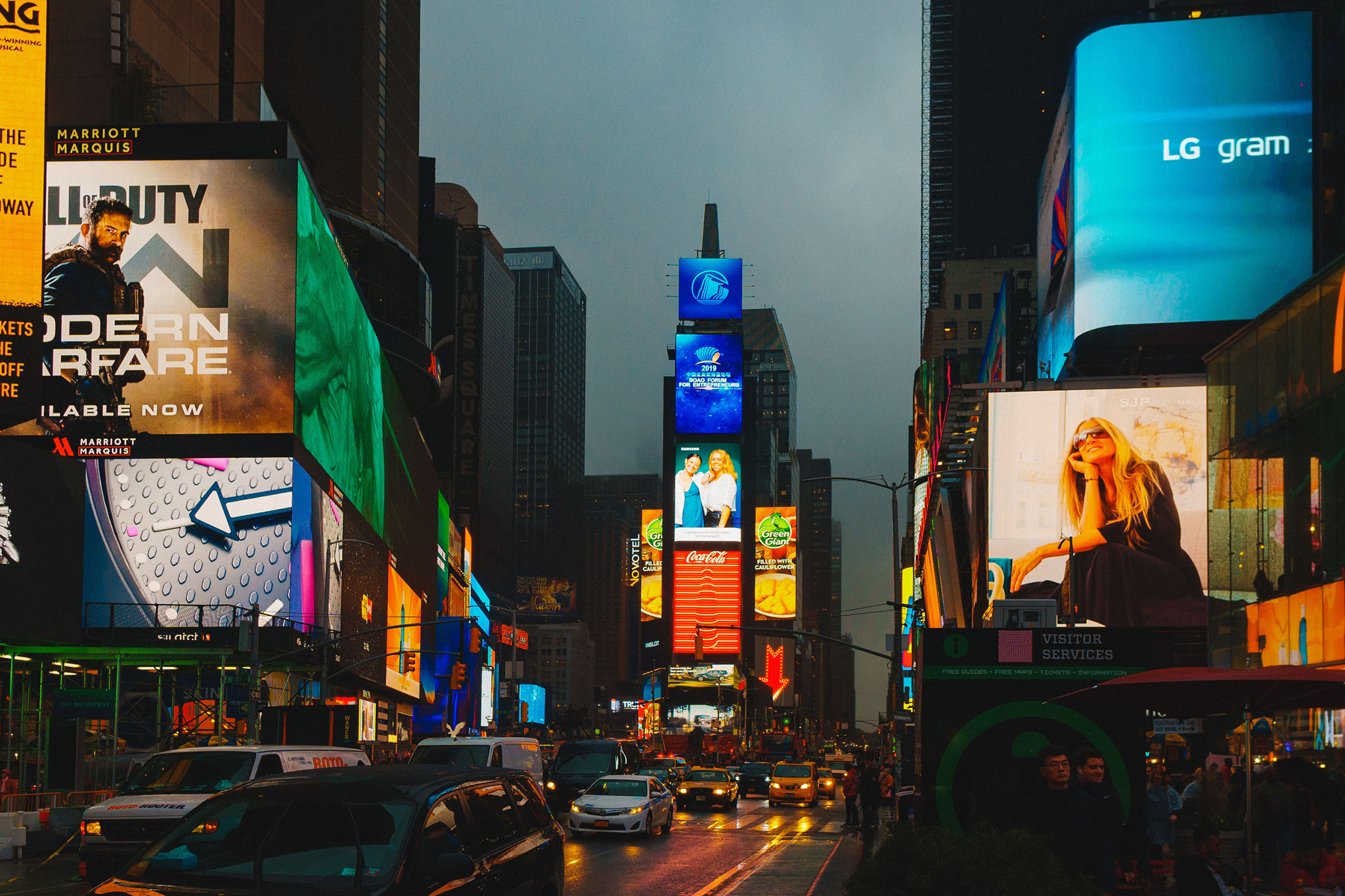Light Emitting Diode video screens have become more popular in various settings, such as music events, athletic competitions, as well as corporate presentations. These big screens consist of composed of numerous small LED panels that function collectively to form a cohesive unified image. Various different types of LED video wall solutions available, each having its unique characteristics as well as advantages. Understanding these options can assist companies as well as entities select the appropriate solution for their particular requirements.

A frequent type of LED display wall technology is the directly viewed Light Emitting Diode. This technology utilizes separate LED units which are placed closely in proximity to create a large display. Directly viewed Light Emitting Diode walls are known for their elevated luminosity and lively colors, which makes them ideal for outdoor events and well-lit lit environments. These displays also have a broad sight angle, which means that people can view the display clearly at various positions. This makes direct view Light Emitting Diode walls a popular option for sports arenas as well as outdoor festivals.
Another kind of Light Emitting Diode display wall technology is the LED-backlit Liquid Crystal Display. Such solution merges traditional LCD screens with Light Emitting Diode backlighting to enhance brightness as well as hue precision. LED illuminated LCDs are often used in indoor environments, including retail centers and conference rooms. They provide superior visual clarity and are generally more cost-effective than direct view LED walls. However, they may often function as effectively in well-lit environments, as the illumination can occasionally dull the hues.
Another thirdly choice is the OLED video wall. OLED technology offers superior contrast as well as color depth in relation to alternative kinds of screens. Every dot in an Organic Light Emitting Diode display emits its own light, allowing for true blacks and vibrant hues. Such renders Organic Light Emitting Diode display screens especially attractive for uses which demand premium images, including gallery galleries and luxury shopping outlets. Nonetheless, OLED solution can be costlier costly while may often be as luminous as directly viewed Light Emitting Diode screens, rendering it not appropriate for external applications.
Along with the aforementioned technologies, there are additionally multiple applications for LED display screens. They can be used for advertising, entertainment, as well as data display. For example, companies often use Light Emitting Diode display walls for digital advertising to draw in clients as well as advertise products. In entertainment, these displays enhance the sight experience at concerts as well as gatherings, providing lively backdrops and engaging visuals. Within corporate settings, LED display screens can be used for presentations, visual conferencing, and educational programs, helping to communicate data in a visually attractive manner.
To summarize, Light Emitting Diode video walls are available in different technologies, every with its own benefits and applications. Directly viewed LED walls are ideal for outdoor applications, whereas LED illuminated LCDs are more appropriate for interior environments. Organic Light Emitting Diode video walls offer superior image quality yet may come at a greater price. Understanding the differences variations can assist organizations to make informed decisions about the best type of Light Emitting see here Diode video wall most meets their requirements, whether for advertising, amusement, or business applications.
Comments on “A Thorough Analysis of Various Light Emitting Diode Video Screen Techniques and Their Uses”